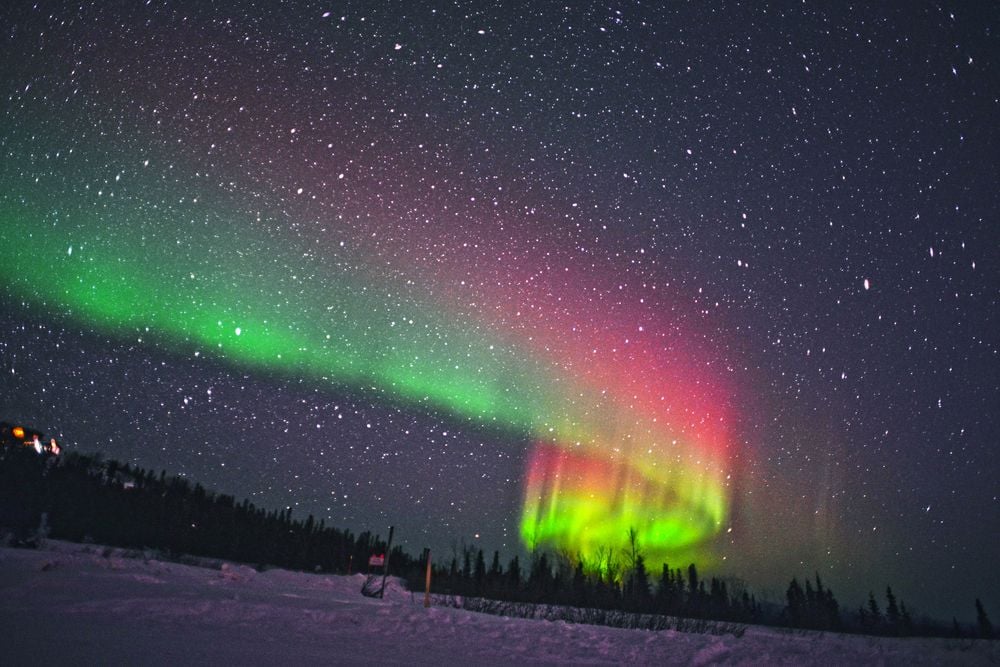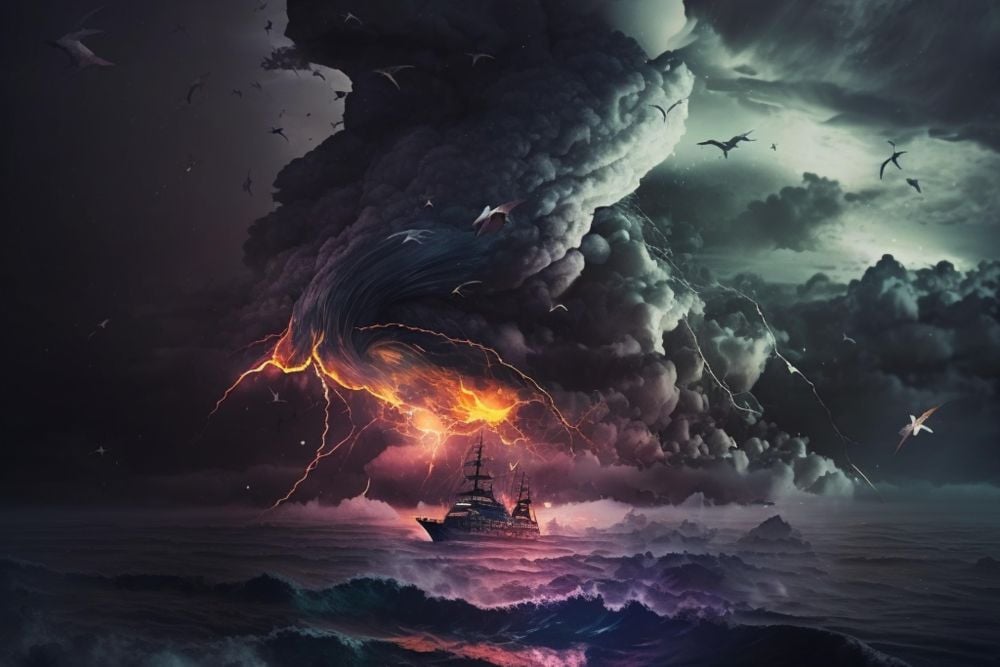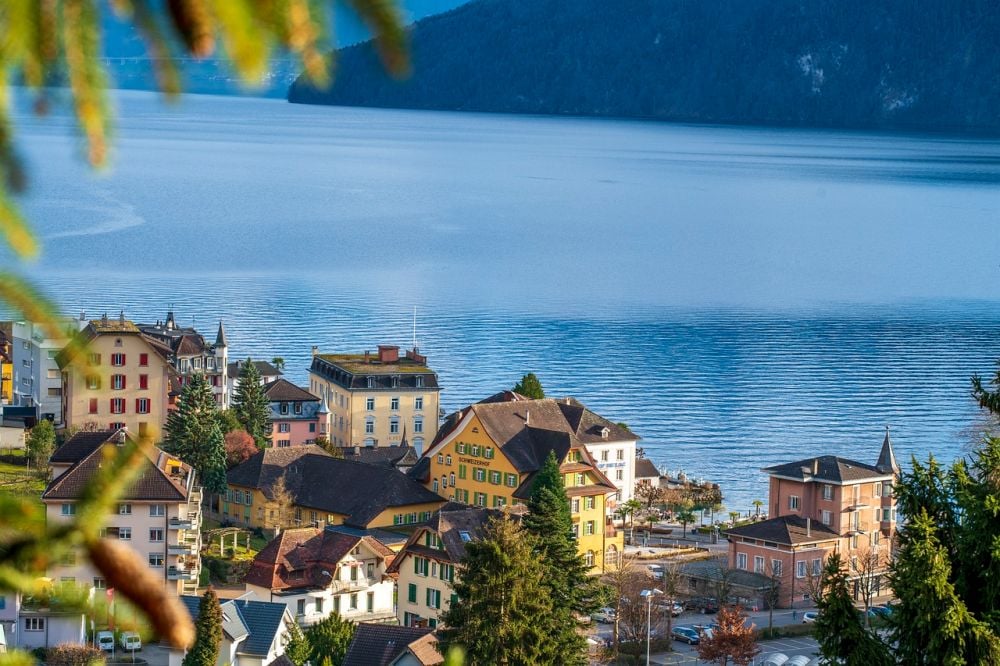15 Places In The World You Are Not Allowed To Visit
The world is full of breathtaking places waiting to be explored. But not every destination is open to travelers. Some locations are closed off for safety reasons, preservation efforts, or cultural and ethical considerations. Here’s a deeper look into some of the places you’ll never get to visit and the fascinating reasons why.
1. Snake Island, Brazil
Brazil’s Ilha da Queimada Grande, better known as Snake Island, hosts one of the densest populations of venomous snakes on Earth. The highly dangerous golden lancehead viper inhabits this isolated island, and its venom can literally melt human flesh with just a bite. It’s estimated that there’s at least one snake per square meter in certain areas.
Brazil strictly prohibits visitors from stepping foot on Snake Island for safety reasons. Only select research teams, accompanied by a doctor, are granted access. According to Smithsonian Magazine, the golden lancehead is critically endangered and found nowhere else in the world, making this a biologically significant location.
2. Poveglia Island, Italy
Located between Venice and Lido, Poveglia Island carries a haunting history. Beginning in 1776, it became a quarantine zone for bubonic plague victims, many of who were buried in mass graves. By the 1920s, a psychiatric hospital added ghastly tales of inhumane experiments conducted by its lead doctor.
Italian authorities officially banned visits to Poveglia, and to this day, it is widely regarded as one of the most haunted places in the world. Despite the ban, thrill-seeking adventurers occasionally bribe local sailors to drop them off. The remnants of the hospital and tales of the paranormal continue to draw dark tourism enthusiasts.
3. U.N. Buffer Zone, Cyprus
The United Nations Buffer Zone in Cyprus separates the Greek south from the Turkish north. This no-man’s land was established after Turkish forces invaded in 1974, creating an enduring divide on the island. Inside the buffer zone lie abandoned homes, businesses, and entire neighborhoods frozen in time.
The zone spans 112 miles and is under U.N. supervision, with access restricted to military personnel and peacekeepers. Despite the ongoing division, efforts to reunify Cyprus continue to this day, with the buffer zone serving as a stark reminder of the island’s turbulent history.
4. Hell’s Gate, Turkey
Beneath the ancient city of Hierapolis lies the Plutonium, also referred to as Hell’s Gate. Dedicated to Pluto, the Roman god of the underworld, this cave released deadly emissions of carbon dioxide, killing any creature that entered. Ancient historians believed the site to be a literal portal to hell.
Scientists have confirmed that the CO2 levels in the cave still peak at 35%, which is lethal to humans and animals. Today, Hell’s Gate remains one of Turkey’s eeriest archaeological finds, off-limits to the public as a safety precaution.
5. Tomb of Emperor Qin Shi Huang, China
The mausoleum of Emperor Qin Shi Huang, known for unifying China, was first discovered in 1974 alongside the awe-inspiring Terracotta Army. While over 2,000 clay soldiers have been excavated, an estimated 8,000 remain buried.
Chinese authorities have refrained from opening the emperor’s tomb, citing both archaeological and ethical concerns. Advanced technology is still required to safely excavate artifacts without causing irreversible damage, and scholars acknowledge the importance of respecting the site’s cultural and historical significance.
6. Chernobyl Exclusion Zone, Ukraine
On April 26, 1986, the world witnessed the catastrophic Chernobyl nuclear disaster, leaving behind an exclusion zone covering 2,600 square kilometers. Though certain areas are accessible to guided tours, many parts remain uninhabitable and highly radioactive.
Research published in the journal Frontiers of Ecology and the Environment indicates that wildlife populations in the exclusion zone are thriving despite radiation, with species like wolves, boars, and bears reclaiming the area. However, the cleanup will continue for decades, and some locations won’t be safe for human habitation for thousands of years.
7. Area 51, Nevada, USA
This infamous military base in Nevada gained notoriety due to conspiracy theories surrounding alleged extraterrestrial research. Officially, Area 51 serves as a testing ground for classified military projects, though its exact purpose remains shrouded in secrecy.
While documents declassified in 2013 acknowledged the existence of Area 51, the site remains off-limits. Highly secure perimeters and patrols ensure no unauthorized individual sets foot on the base. The allure of the unknown continues to fuel speculation and media fascination.
8. Chapel of the Ark of the Covenant, Ethiopia
Within the sacred Church of Our Lady Mary of Zion lies the Chapel of the Ark of the Covenant. According to Ethiopian lore, the Ark contains the Ten Commandments, Aaron’s Rod, and a pot of manna gifted by God. Only a single guardian priest is allowed to view and protect the Ark.
Legend has it that anyone else who lays eyes upon the artifact will face catastrophic consequences. This mystery, combined with strict religious practices, ensures visitors will never witness the Ark firsthand.
9. North Sentinel Island, India
Located within the Bay of Bengal, North Sentinel Island is home to the Sentinelese people, a tribe that has remained entirely isolated for thousands of years. Contact with outside societies could expose them to diseases for which they have no immunity, making access both unethical and dangerous.
The Indian government enforces a strict exclusion zone to protect the tribe. Violators risk not only prosecution but also peril, as the Sentinelese have been known to defend their home with force. The tribe’s resilience highlights the importance of respecting isolated communities.
10. Surtsey, Iceland
This volcanic island emerged in 1963 and has remained untouched by humans, serving as a scientific treasure trove. Researchers study its unique environment to learn about ecological succession and how life gradually establishes itself on new land.
Only scientists with explicit approval can access Surtsey, and stringent measures are in place to prevent contamination—visitors must sanitize themselves entirely before stepping foot on the island.
11. Vatican Secret Archives, Vatican City
Spanning 53 miles and dating back to the eighth century, the Vatican Secret Archives hold some of the Church’s most significant documents, such as letters from Mary Queen of Scots and records of Martin Luther’s excommunication.
Public access to the archives is nearly impossible. Researchers may apply for limited access, but strict regulations permit only 60 scholars at a time for brief three-month windows.
12. Fort Knox, Kentucky, USA
Fort Knox is synonymous with impenetrability, holding the majority of the U.S. gold reserves. The vault’s layered security systems include unique codes that require several individuals to enter different combinations simultaneously.
Even with modern technology, the level of protection around Fort Knox surpasses imagination. It’s widely regarded as one of the most secure places on Earth.
13. Svalbard Seed Vault, Norway
Deep inside a mountain between Norway and the North Pole lies the Svalbard Global Seed Vault. Housing over 1.1 million seed samples, it serves as humanity’s backup plan to preserve agricultural diversity in the event of a global catastrophe.
Visits to the vault are highly restricted to select depositors, and only a few open days occur each year. According to Crop Trust, which manages the vault, its importance continues to grow as concerns over climate change intensify.
14. Lascaux Cave, France
The Lascaux Cave’s prehistoric paintings, estimated to be up to 20,000 years old, are among the most significant examples of early human art. Unfortunately, exposure to tourists caused the deterioration of these masterpieces, leading to the closure of the cave in 1963.
Today, researchers and preservation experts manage the site, while replicas provide the public with a glimpse of Lascaux’s stunning artwork.
15. Heard Island, Australia
Heard Island, nestled between Antarctica and Madagascar, is one of Earth’s least explored locations. Despite its remote position, this isolated landmass falls under Australian jurisdiction. The island is notable for its two active volcanoes, making it a rare but fascinating geological site.
Completely barren, the island’s surface comprises debris and limestone formed from past volcanic activity. Due to its delicate ecosystem and environmental significance, the Australian Government has strictly limited access to preserve its untouched natural surroundings.
Each of These Locations Preserves More Than Secrets
The destinations on this list may be off-limits, but their stories grant us a window into the diverse and fascinating aspects of Earth’s natural, cultural, and historical legacy. While visiting them may never be possible, they serve as reminders of the value of preservation, respect for the unfamiliar, and humanity’s enduring curiosity.







